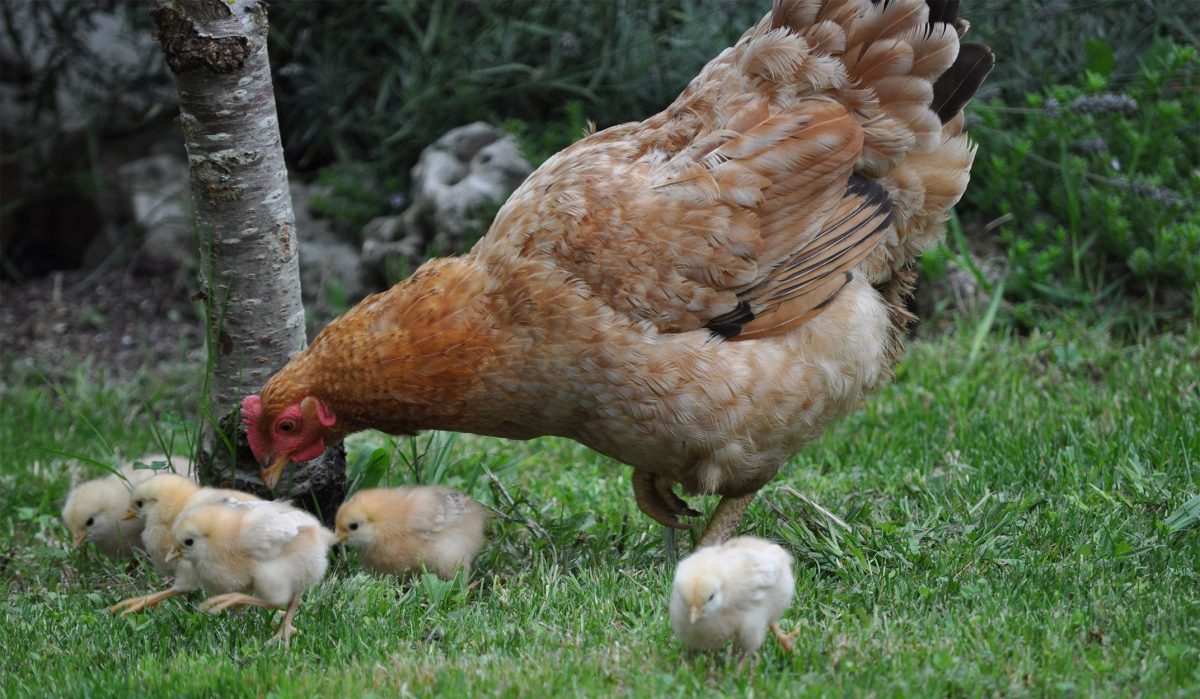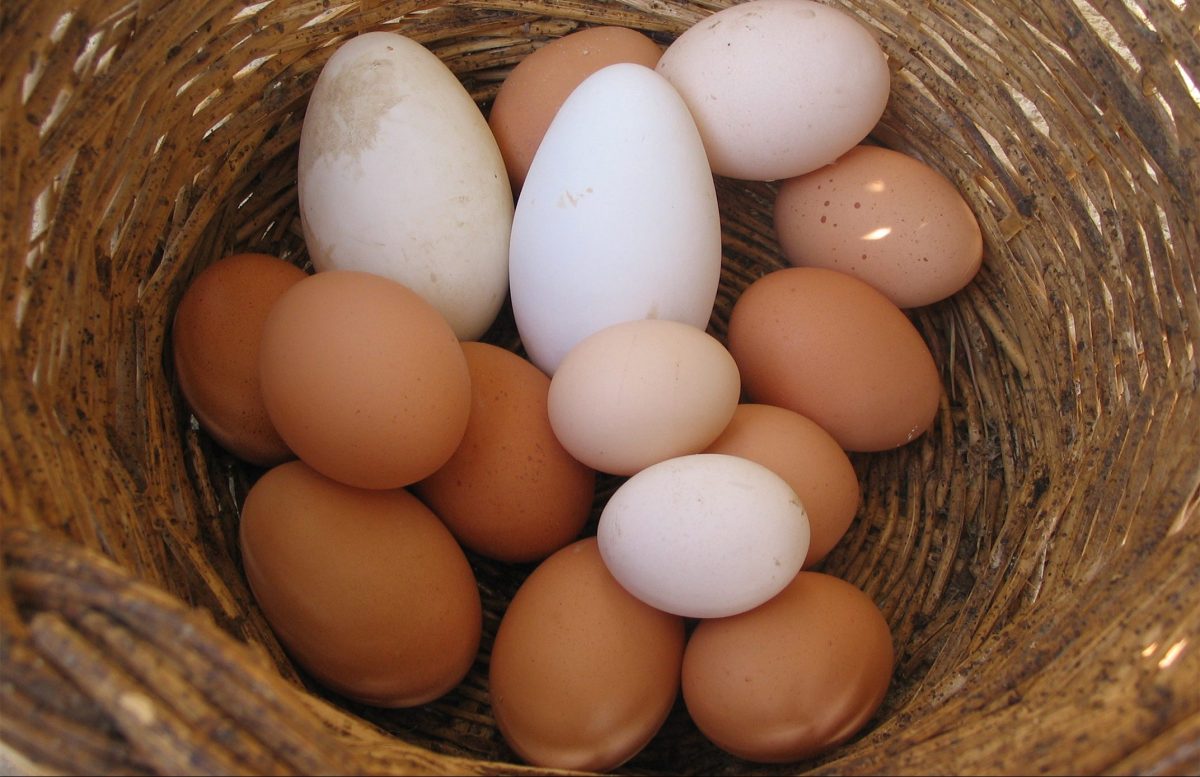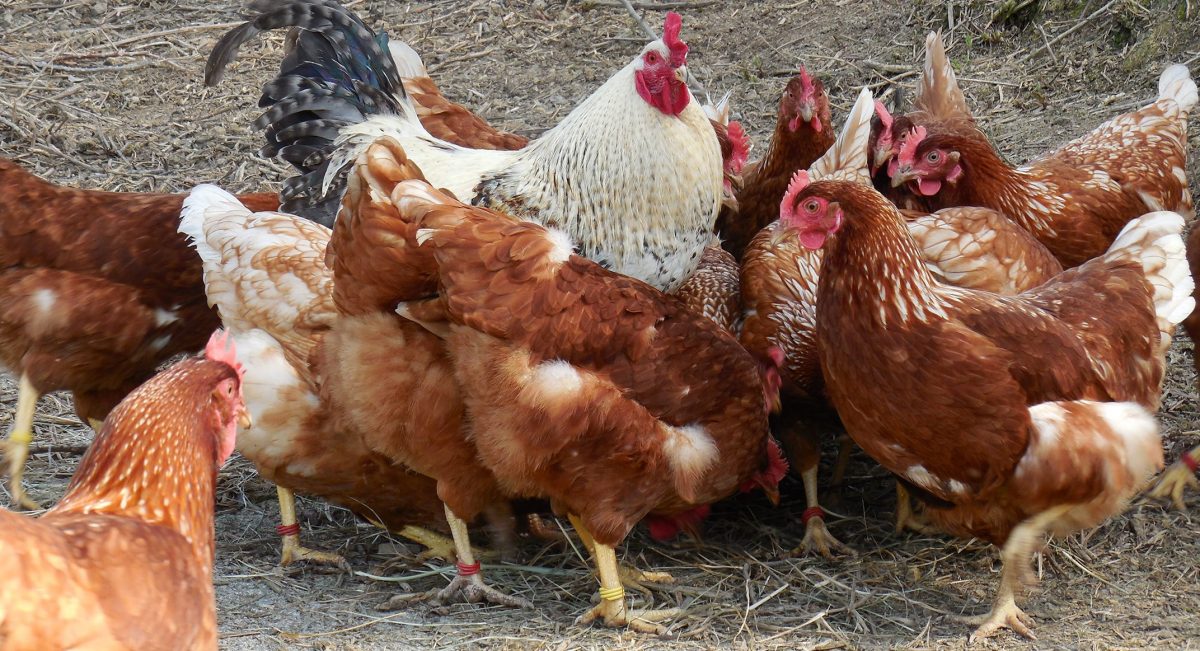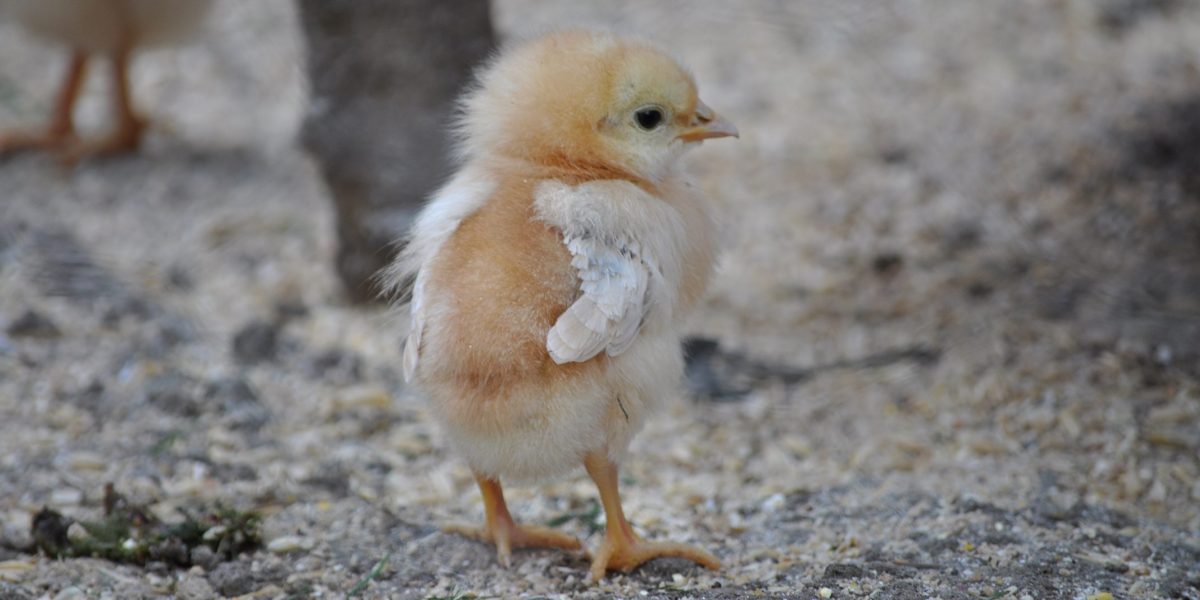Basque ethnography at a glance
Here is how a good layer —oilo fina, in the words of our informants— behaves: once a pullet becomes a hen, she will lay one egg a day for three days and take a day’s rest; she will then lay an egg a day for the next four days and take another day’s rest; she will then again lay an egg a day for the next five days and take another day’s rest. And so on for three months, after which she inevitably either turns broody (lokatu), moults (mikatu) or dies.
Egg-laying stops during the yearly moult. After moulting (mika-aldia), which may last between one to two months, hens are rewarded with new and sturdy feathers (jantzi or edertu), and laying resumes.
Broodiness and incubation
The broody hen (oilolokea) will stop laying eggs, make a distinctive clucking sound and rarely leave the nest (habia). She would usually be set to hatch (oiloa ezarri) a full clutch of about a dozen eggs. It is important that they are well covered and thus kept warm, so efforts were made for larger hens to incubate them. Some keepers would exchange eggs with fellow neighbours in order to improve the qualities of prospect broods. And the scene of new mothers coming out from under a nearby bush with their tiny young was not rare at all.
The incubation period of fowls (oilokiak) ordinarily lasts twenty one days for hens, and a week longer for ducks, geese, and others. The brooder will reluctantly leave the nest while hatching, as we said, only to eat and drink. And for a couple of months she will tend her baby chicks (txitak) until she abandons them and returns to laying eggs.
Broody hens not allowed to sit on eggs were placed under a harvest basket for around a week. With particularly determined hens solitary confinement could last longer. Alternatively she would be submerged in water several times every now and again or cooped up with the rooster. Should the brooder stay on her own, she will feel apathetic, lack appetite, and her condition would get worse, but with the rooster by her side, she does not get a break from him, he encourages her to eat…, and broodiness disappears after two to three days.
In the old days, when chicks hatched naturally on the farm, aging hens were replaced just about every year. By the time a hen reaches two or three years of age, she may lay eggs occasionally.
Popular beliefs about nesting and laying behaviour
If you want a broody hen to hatch, you should place under her an odd number of eggs, traditionally thirteen or fifteen. Should hatching start on the second or third day of the new moon, mostly females will hatch out, and one or two males at the most. And should it start on the second or third day of the waning moon, the reverse will occur: mostly males will hatch out, and one or two females at the most. To start incubation on the day of the new moon or the first day of the waning quarter would be utterly disastrous, for there is a high risk of hatched chicks presenting deformities: club feet, twisted eyes…
The above-mentioned beliefs, according to one of our informants, are applicable to all animal species, including human beings.
Segundo Oar-Arteta – Etniker Bizkaia – Etniker Euskalerria Groups
Translated by Jaione Bilbao – Ethnography Department – Labayru Fundazioa
Reference for further information: Livestock Farming and Shepherding, part of the Ethnographic Atlas of the Basque Country collection.





